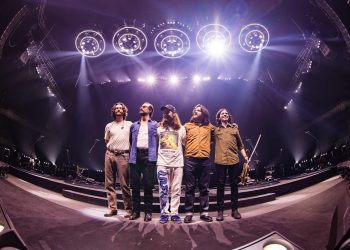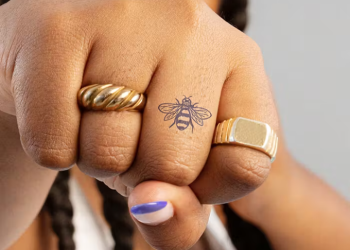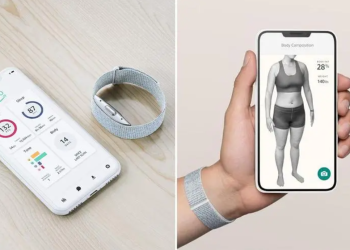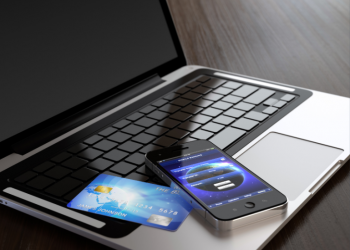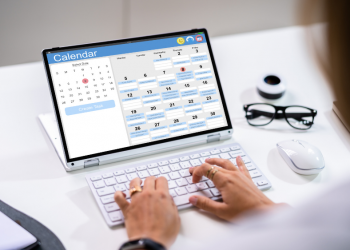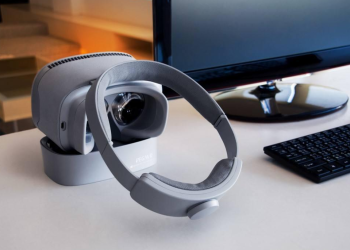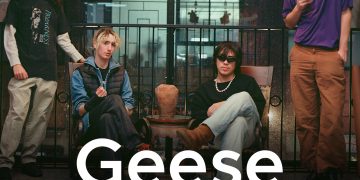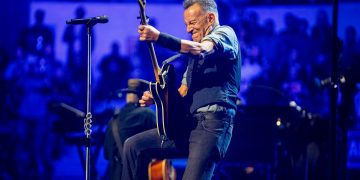Introduction to Digital Mixed Media Art
Digital mixed media art represents a dynamic and evolving genre that pushes the boundaries of traditional artistic practices. By combining digital technology with a diverse range of materials and techniques, artists create immersive and engaging artworks that challenge perceptions and stimulate the senses.
Historical Context of Mixed Media Art
The concept of mixed media art has roots in early artistic movements such as Dadaism and Cubism, where artists experimented with unconventional materials and techniques to create innovative works. Over time, mixed media art has evolved to encompass a wide range of practices, from collage and assemblage to installation and performance art.
Emergence of Digital Mixed Media Art
With the advent of digital technology, artists have embraced new tools and techniques to expand the possibilities of mixed media art. Digital mixed media art blurs the boundaries between physical and virtual realities, offering new avenues for creative expression and experimentation.
Key Characteristics of Digital Mixed Media Art
Digital mixed media art is characterized by its hybrid nature, combining traditional and digital elements to create multi-dimensional artworks. These artworks often feature layers of imagery, textures, and effects, creating rich and immersive visual experiences for the viewer.
Innovative Techniques and Tools
Digital mixed media artists employ a variety of innovative techniques and digital tools to create their artworks. From digital painting and photo manipulation to 3D modeling and animation, artists leverage the latest technology to push the boundaries of their creativity.
Integration of Traditional and Digital Elements
One of the hallmarks of digital mixed media art is the seamless integration of traditional and digital elements. Artists may start with analog materials such as paint, paper, or found objects, then scan or photograph them to incorporate into their digital compositions.
Exploration of Texture and Depth
Digital mixed media artists explore texture and depth in their artworks, experimenting with layering, blending, and masking techniques to create visual depth and dimension. These techniques add tactile qualities to digital artworks, enhancing their sensory appeal and realism.
Layering and Collage Techniques
Layering and collage techniques are fundamental to digital mixed media art, allowing artists to build up complex compositions from disparate elements. By combining images, textures, and typography in layers, artists create visually dynamic and conceptually rich artworks.
Manipulation of Visual Elements
Digital mixed media artists manipulate visual elements such as color, shape, and composition to convey their artistic vision. Through techniques such as blending modes, filters, and distortion effects, artists create evocative and expressive artworks that resonate with viewers on a visceral level.
Interactive and Multimedia Installations
Some digital mixed media artworks transcend the traditional gallery space, manifesting as interactive and multimedia installations. These immersive experiences invite viewers to engage with the artwork physically and emotionally, blurring the boundaries between spectator and participant.
Cross-disciplinary Collaborations
Digital mixed media art often involves cross-disciplinary collaborations between artists, designers, technologists, and other creative professionals. These collaborations foster innovation and experimentation, leading to groundbreaking artworks that challenge conventions and redefine artistic practice.
Exploration of Themes and Concepts
Themes and concepts explored in digital mixed media art are as diverse as the artists themselves. From personal narratives and social commentary to abstract explorations of form and space, digital mixed media artworks engage with a wide range of ideas and perspectives.
Audience Engagement and Immersion
Audience engagement and immersion are central to the experience of digital mixed media art. Through interactive elements, responsive technologies, and participatory experiences, viewers become active participants in the creation and interpretation of artworks, fostering deeper connections and meanings.
Challenges and Opportunities
Despite its many opportunities, digital mixed media art also faces challenges such as technical limitations, copyright issues, and the commodification of art. However, these challenges are outweighed by the potential for artistic innovation, creative collaboration, and global connectivity afforded by digital technologies.
Future Directions and Implications
Looking ahead, the future of digital mixed media art is bright, with emerging technologies such as virtual reality, augmented reality, and artificial intelligence opening up new possibilities for creative expression. As artists continue to push the boundaries of innovation, digital mixed media art will play an increasingly important role in shaping the cultural landscape of the future.
Conclusion
In conclusion, digital mixed media art represents a dynamic and transformative field that breaks boundaries and challenges conventions. By integrating traditional and digital elements, exploring innovative techniques, and engaging with diverse themes and concepts, digital mixed media artists are redefining the possibilities of artistic expression in the digital age.

FAQs After The Conclusion:
- What are some common materials used in digital mixed media art?Common materials used in digital mixed media art include photographs, drawings, paintings, textures, found objects, digital scans, and 3D models. These materials are combined and manipulated digitally to create multi-dimensional artworks.
- Can I create digital mixed media art without any artistic background?Yes, anyone can create digital mixed media art regardless of their artistic background. Digital tools and software offer intuitive interfaces and a wide range of resources and tutorials to help beginners get started and explore their creativity.
- Are there online communities for digital mixed media artists to connect and share their work?Yes, there are numerous online communities and social media platforms dedicated to digital mixed media art, where artists can connect, share their work, participate in challenges and competitions, and collaborate with fellow enthusiasts.
- Is digital mixed media art considered “real” art?Yes, digital mixed media art is considered a legitimate form of artistic expression. Like traditional mixed media art, digital mixed media art requires creativity, skill, and vision to create meaningful and impactful works.
- Can I sell digital mixed media art online?Yes, there are many online platforms and marketplaces where you can sell your digital mixed media art, including websites like Etsy, Society6, and Redbubble. You can also offer prints and digital downloads of your artwork to clients and collectors.
- How can I protect my digital mixed media art from being copied or stolen?To protect your digital mixed media art from being copied or stolen, you can watermark your images, use copyright notices, and employ digital rights management (DRM) tools. Additionally, you can register your artwork with copyright offices for added protection.
- What are some ethical considerations in creating digital mixed media art?Ethical considerations in creating digital mixed media art include respecting copyright and intellectual property rights, avoiding plagiarism, and being transparent about your artistic process and influences.
- What are some emerging technologies shaping the future of digital mixed media art?Emerging technologies such as virtual reality, augmented reality, and artificial intelligence are shaping the future of digital mixed media art. These technologies offer new possibilities for immersive experiences, interactive installations, and generative art, pushing the boundaries of artistic expression in the digital realm.


